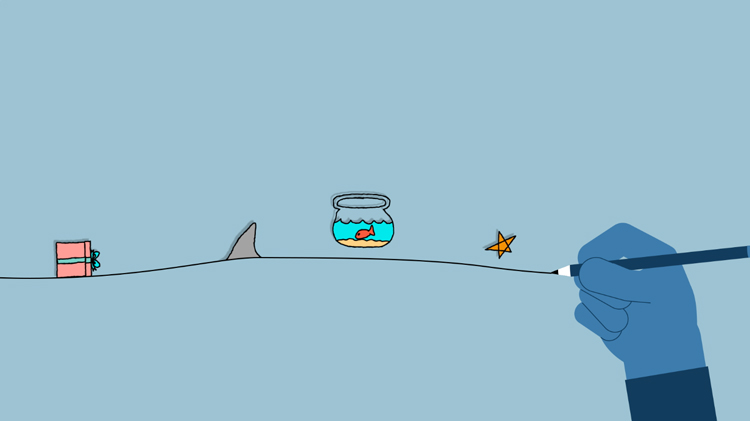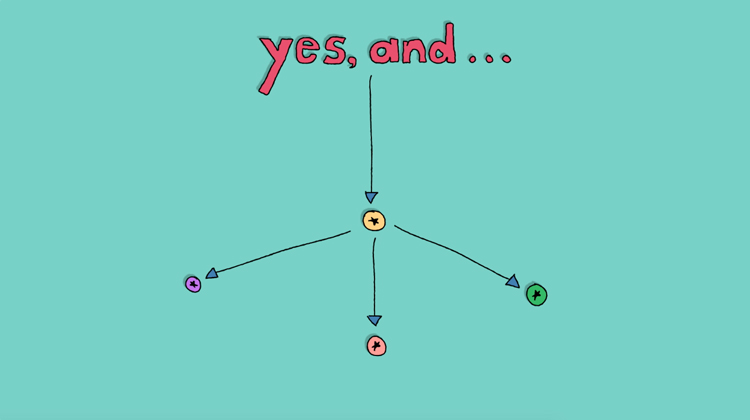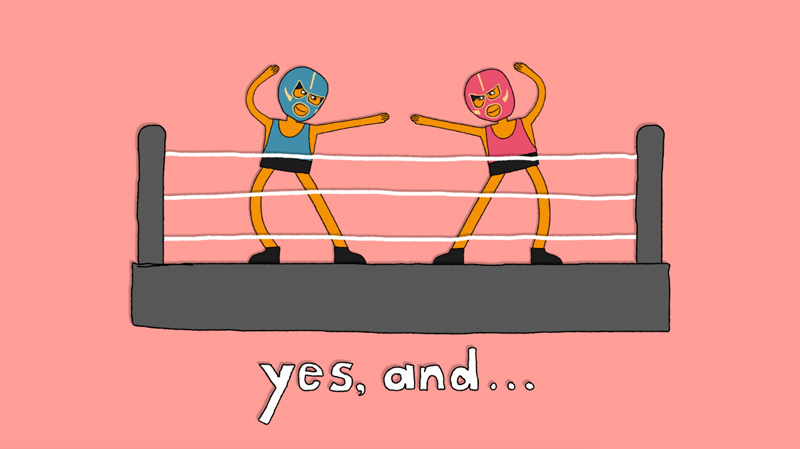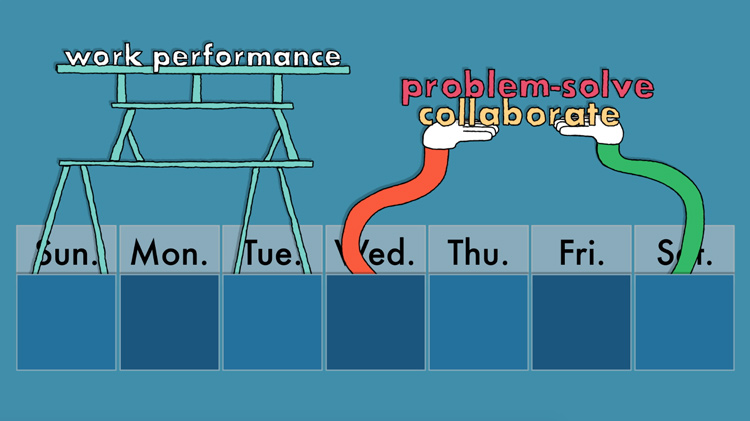Creativity -
Following Your Creative Impulses

Creativity
Following Your Creative Impulses


/en/creativity/everyone-can-be-creative/content/
As children, we are highly creative and imaginative beings. We're constantly acting on our impulses: speaking our thoughts out loud as they pop into our heads, and letting our imaginations inform many of our actions.
But as we grow older, we're taught to control these impulses. They still occur to us, but we often ignore them or keep them to ourselves. And this is generally a good thing—a world without impulse control would be a pretty chaotic place. But how do we rediscover that impulsive, free-flowing creativity we experienced as children?
Watch the video below to learn how to tap into your creative impulses.

After saying "no" to our impulses for most of our lives, it can be difficult to start following them again in a creative sense. One way you can reduce your inhibition is through freewriting, an exercise where you write continuously for a certain amount of time without worrying about the topic or it being "correct". The final result may not always make a whole lot of sense on paper, but the process frees up your mind and allows you to tap into your impulses rather than thinking too much.
It's also important to remind yourself that perfection does not exist. There is no one correct answer to any creative problem. If you're trying to find the "right way" to do something, you're limiting your creative potential and probably shutting down a good number of your impulses. Simply remind yourself that there are no right or wrong answers, and you may just find it easier to access your creative impulses.

Another habit that can help is using the phrase "yes, and..." When you get a creative impulse, rather than pushing it away or saying "no", try saying "yes, and..." instead. This phrase encourages you to not only accept an idea but to also expand on it.
For example, let's say you're writing a story and an idea pops into your head to give the main character an identical twin.

Then you flesh this idea out and realize it could lead to an interesting plot twist later in the story. The "yes, and..." mindset allows you to take impulses you might have initially ignored, and give them consideration and room to grow.


Creativity plays a role in so many aspects of our day-to-day lives. Following your creative impulses can potentially help improve things like your work performance and your ability to collaborate and solve problems. It can also help you to reduce negativity and be less critical of yourself.
It's easy to get stuck in a pattern of worrying that your ideas aren't good enough or that people won't like them. But if you're able to trust and follow your impulses, it can help you to bypass those mental barriers and rediscover your untapped creativity.
/en/creativity/breaking-through-a-creative-block/content/